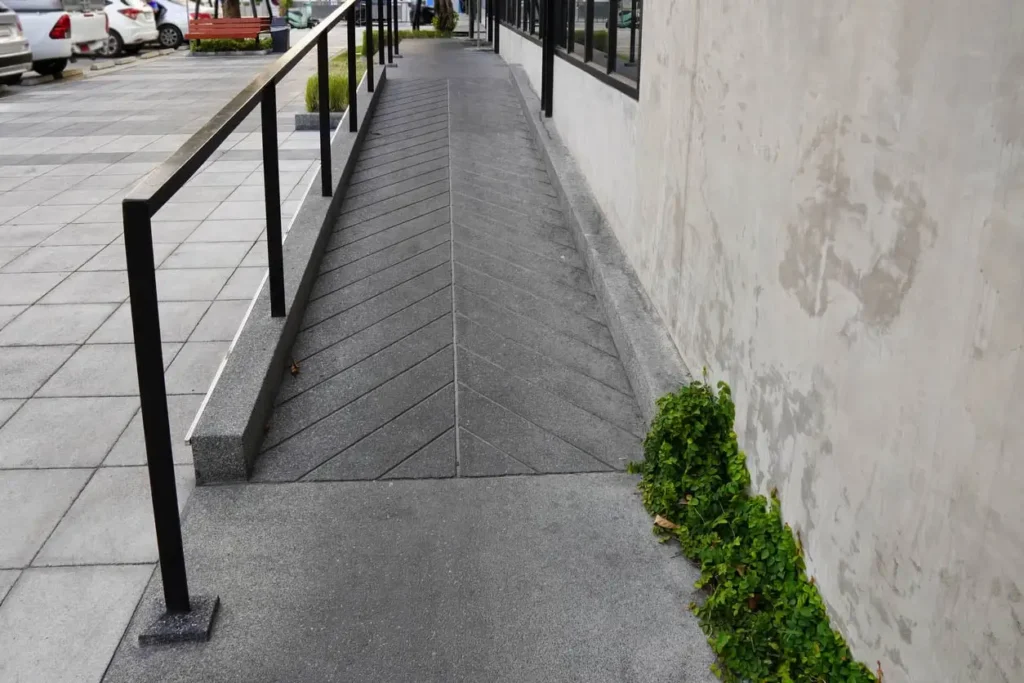For those who rely on a wheelchair, mobility scooter, or even a walker to get around, stairs can present a serious obstacle. This obstacle becomes especially frustrating when it’s positioned right outside your own front door. Installing an exterior wheelchair ramp can allow you to get in and out of your home much more easily. But what material should you choose? Keep reading for some tips on selecting the best material for a residential wheelchair ramp.
Important Factors to Consider
Before diving into the precise material options available to you, here are a few important factors that you’ll need to consider when selecting the right material for your ramp:
- Weather Resistance: Select a material that can stand up to your local climate, whether that includes ample rainfall, snow, and/or extreme temperatures.
- Maintenance Requirements: Research the kind of maintenance each material option requires, and determine whether or not you’re able to keep up with the labor and cost required to maintain that type of ramp.
- Cost: The initial cost is, of course, another important consideration. Think about your budget and determine which options best fall into what you can afford.
- Safety Features: Different materials will have their pros and cons in terms of safety, including how prone they are to becoming slippery, options for differing slopes, and so on.
- Aesthetics: Finally, consider how each material will look on the exterior of your home in order to minimize its interference with your curb appeal.
Material Options
Now that you’ve considered the factors above, here are a few materials you can more carefully examine as options for your new wheelchair ramp:
- Wood: Wood ranks high in terms of aesthetics, and holds its own for affordability. When pressure treated and sealed, it’s resistant to decay and insect damage, so it’s acceptable for outdoor use. However, it does need to be resealed regularly, so it has high maintenance requirements and can become slippery when wet; if using wood, add anti-slip grips on each plank.
- Aluminum: While lightweight, durable, and affordable, aluminum ramps aren’t particularly pleasing to the eye. Still, because of their low maintenance requirements and versatility, they’re among the most popular material options.
- Concrete: This material can blend seamlessly with your home’s current aesthetic, making it look like part of the original design. It also stands up to any weather and requires almost no maintenance. However, the cost is very high, and it may not work for every property’s layout.
These 3 materials are the most popular choices for exterior ramps. If you want to install the best wheelchair ramps for your home, you’ll need to weigh the pros and cons of each to determine the right fit for your needs.





